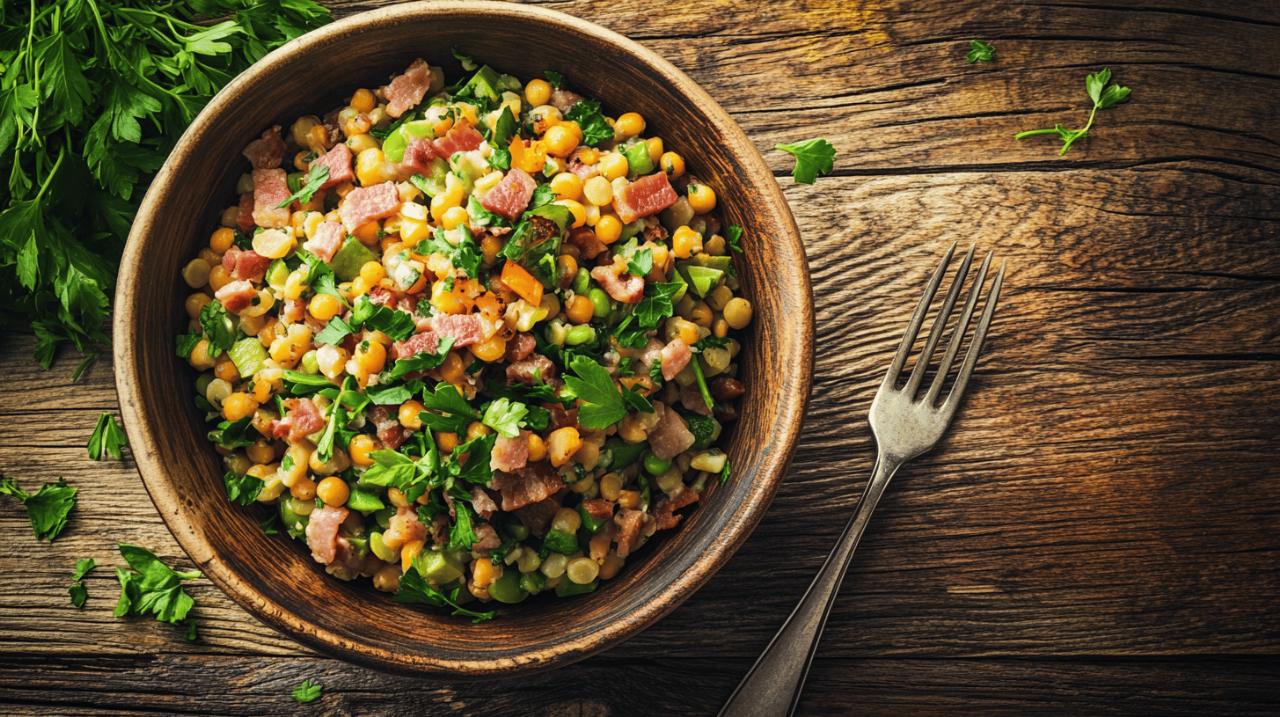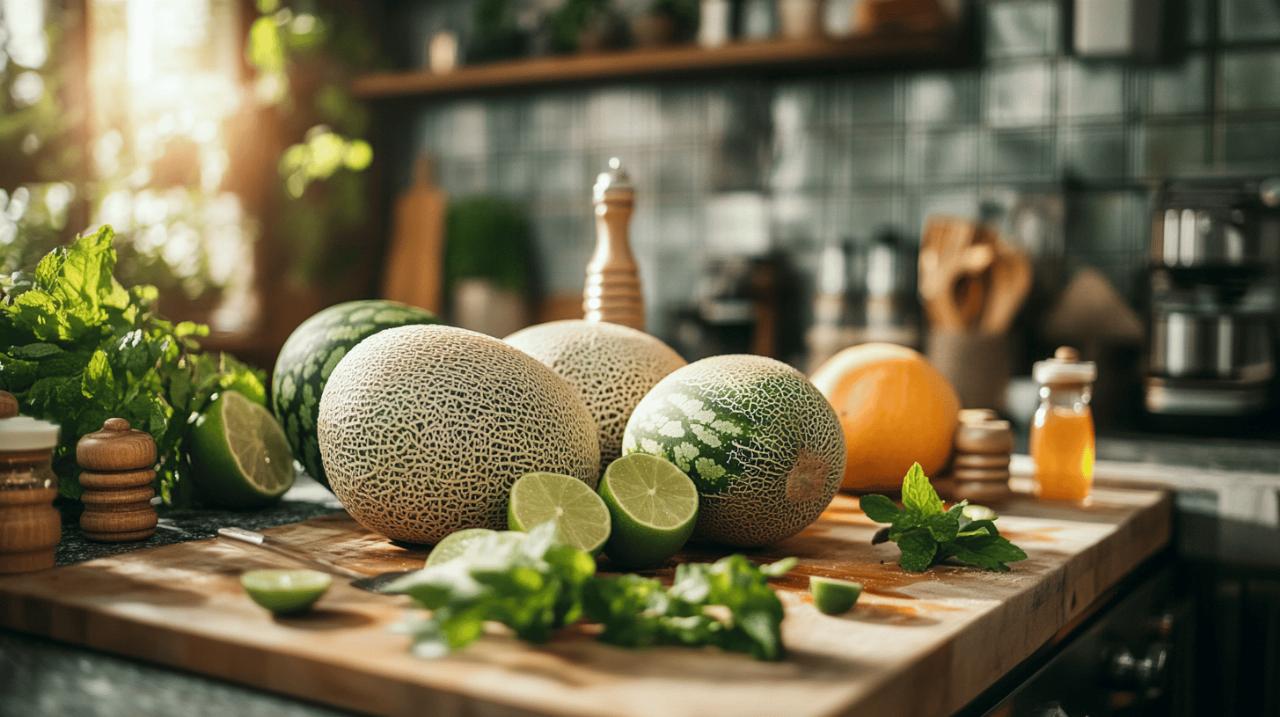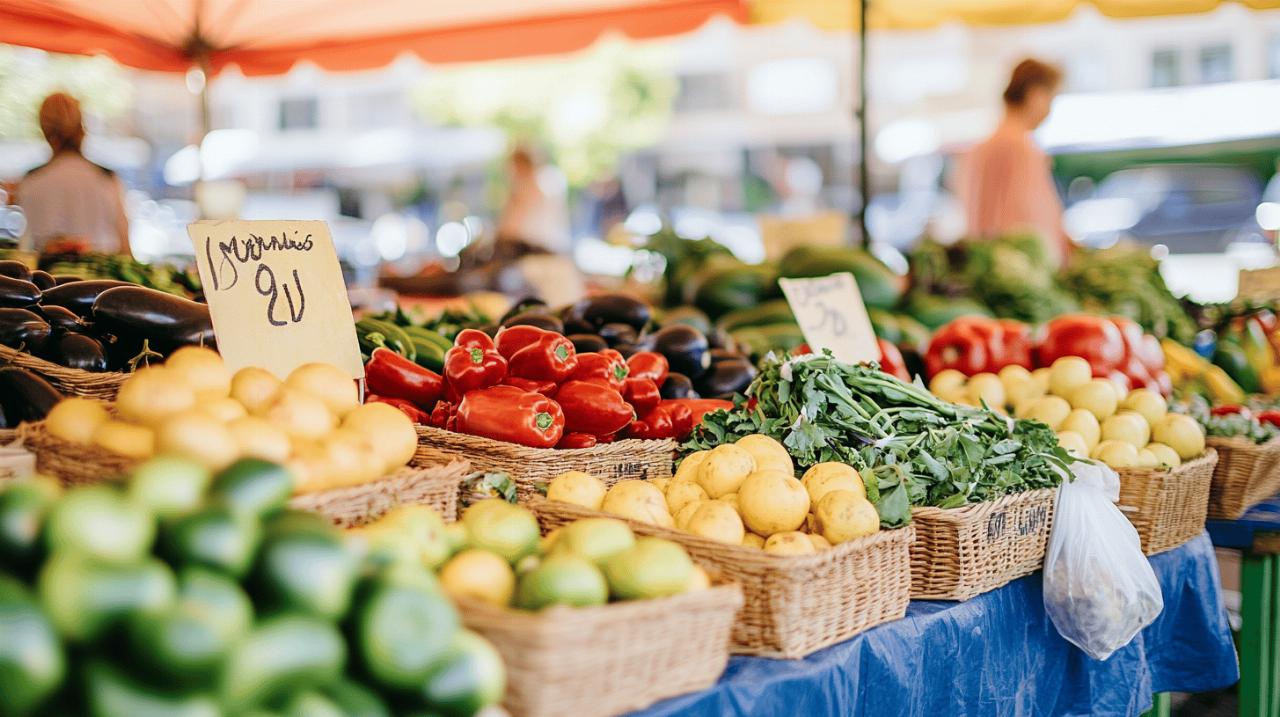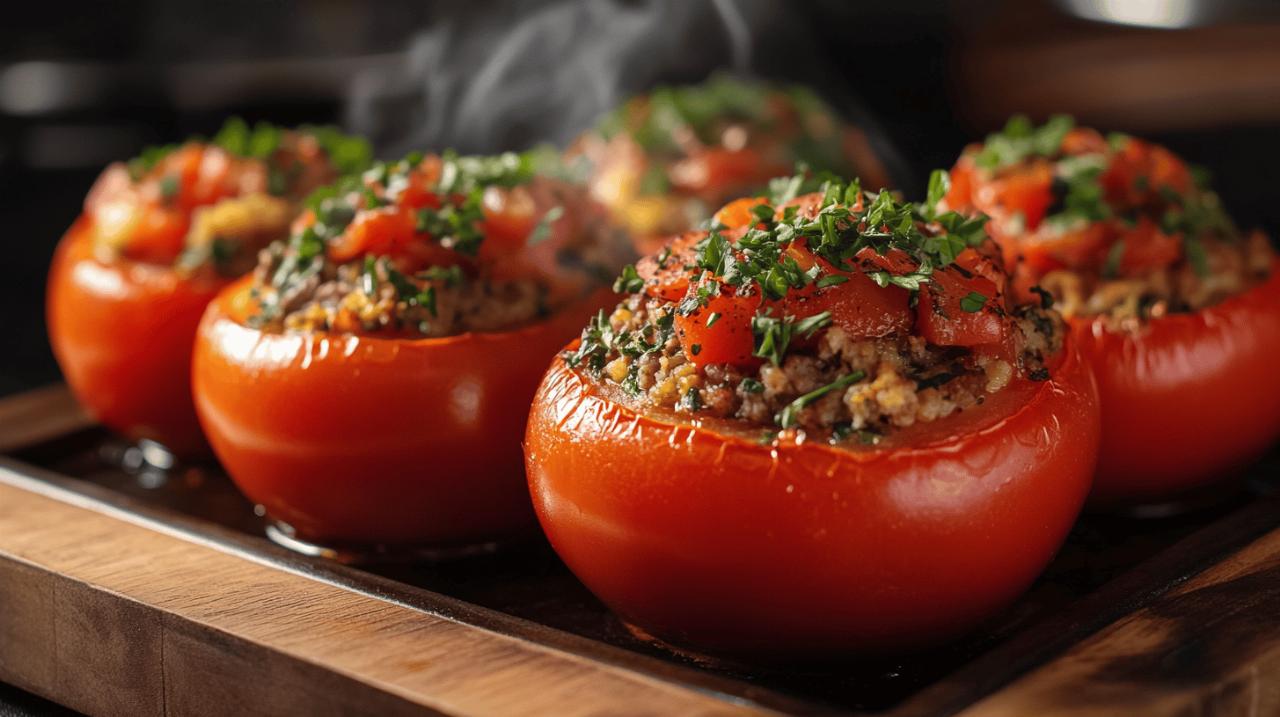When the desire for something hearty yet refreshing strikes, a salad that pairs tender split peas with the robust character of smoked bacon can be a revelation. This dish marries the earthy depth of legumes with the savoury punch of quality lardons, creating a composition that satisfies without overwhelming. Whether served as a generous side or a substantial main course, the combination of textures and flavours transforms a simple concept into something truly memorable. The key lies in respecting each ingredient, allowing them to contribute their unique qualities whilst harmonising into a cohesive whole.
Sourcing your ingredients: the foundation of exceptional flavour
Selecting premium smoked bacon and split peas
The backbone of this recipe rests on two principal components: the split peas themselves and the smoked bacon that will infuse the dish with its distinctive character. When choosing split peas, opt for dried ones that appear uniform in colour and free from cracks or blemishes. Green or yellow varieties both work splendidly, though green split peas tend to hold their shape slightly better during cooking, which can be advantageous when aiming for a salad with defined texture rather than a mushy consistency. Quality matters here, as fresher dried pulses will cook more evenly and deliver a cleaner, sweeter flavour.
Smoked bacon deserves equally careful consideration. Look for lardons or thick-cut bacon that boasts proper marbling and a deep, mahogany hue indicative of thorough smoking. The bacon should smell invitingly of wood smoke without any sour or off notes. Whilst thick-cut maple smoked bacon can certainly be used, traditional French lardons or British smoked streaky bacon cut into substantial cubes often provide the ideal balance of fat and meat. This ensures that when rendered, the bacon releases enough flavourful fat to enrich the dish whilst maintaining pieces with satisfying bite and crispness.
Fresh accompaniments and pantry essentials
Beyond the stars of the show, supporting ingredients elevate the dish from good to exceptional. Fresh spring onions bring a mild, sweet allium note that complements rather than overwhelms the split peas, though shallots or even pearl onions can serve admirably if that is what your larder contains. Lettuce might seem an unusual addition to a warm salad, yet varieties such as Little Gem or romaine bring a delicate texture when briefly wilted, adding a layer of sophistication reminiscent of classic French preparations. The leaves should be crisp and vibrant, without any browning at the edges.
Your pantry should yield good chicken stock, which will serve as the braising medium for the split peas, lending body and depth that water alone cannot provide. A splash of dry white wine introduces acidity and complexity, though this can be substituted with additional stock and a dash of white wine vinegar if preferred. Extra virgin olive oil, Dijon mustard, and fresh parsley or mint for finishing touches complete the essential roster. Garlic, whether used sparingly in the vinaigrette or sautéed alongside the aromatics, adds another dimension of flavour that ties everything together beautifully.
Preparing your split peas: techniques for perfect texture
Soaking and initial preparation methods
Unlike their whole counterparts, split peas do not strictly require overnight soaking, yet a brief soak of an hour or two can reduce cooking time and promote more even texture throughout. Rinse the split peas thoroughly under cold running water, removing any debris or discoloured specimens that might have slipped through quality control. If time allows, place them in a bowl with cold water to cover by several inches, then drain before cooking. This step is optional but can be particularly helpful if your split peas have been sitting in the cupboard for some months and might benefit from rehydration.
Should you be pressed for time, split peas can go directly from the packet to the pot after a good rinse. The key is to monitor them closely during cooking to prevent them from disintegrating into mush. For a salad where you want the peas to retain their shape and offer a pleasant, tender bite rather than a purée-like consistency, vigilance during the cooking process becomes paramount. Starting with cold water or stock and bringing everything up to temperature together often yields better results than plunging the peas into boiling liquid, which can cause uneven cooking with mushy exteriors and firm centres.
Cooking split peas to tender perfection
Place your prepared split peas in a saucepan and cover them with chicken stock, using approximately three parts liquid to one part peas by volume. Bring the mixture to a gentle boil over medium heat, then immediately reduce to a low simmer. Skimming any foam that rises to the surface during the initial stages will result in a cleaner-tasting final product. The peas typically require between fifteen and twenty-five minutes to reach the desired tenderness, depending on their age and whether they were pre-soaked.
Test the peas frequently after the fifteen-minute mark by fishing out a few and tasting them. They should be tender throughout but still hold their shape, similar to properly cooked lentils. Once they reach this point, drain them promptly and spread them on a wide plate or baking tray to cool slightly, which halts the cooking process and prevents residual heat from turning them to porridge. Reserve a small amount of the cooking liquid, as it can be useful for adjusting the consistency of your vinaigrette or loosening the salad if it becomes too dry upon standing. The cooked split peas can be used warm or allowed to cool to room temperature, depending on how you wish to serve the final dish.
The Art of Crisping Smoked Bacon and Building Your Salad
Achieving perfectly rendered lardons
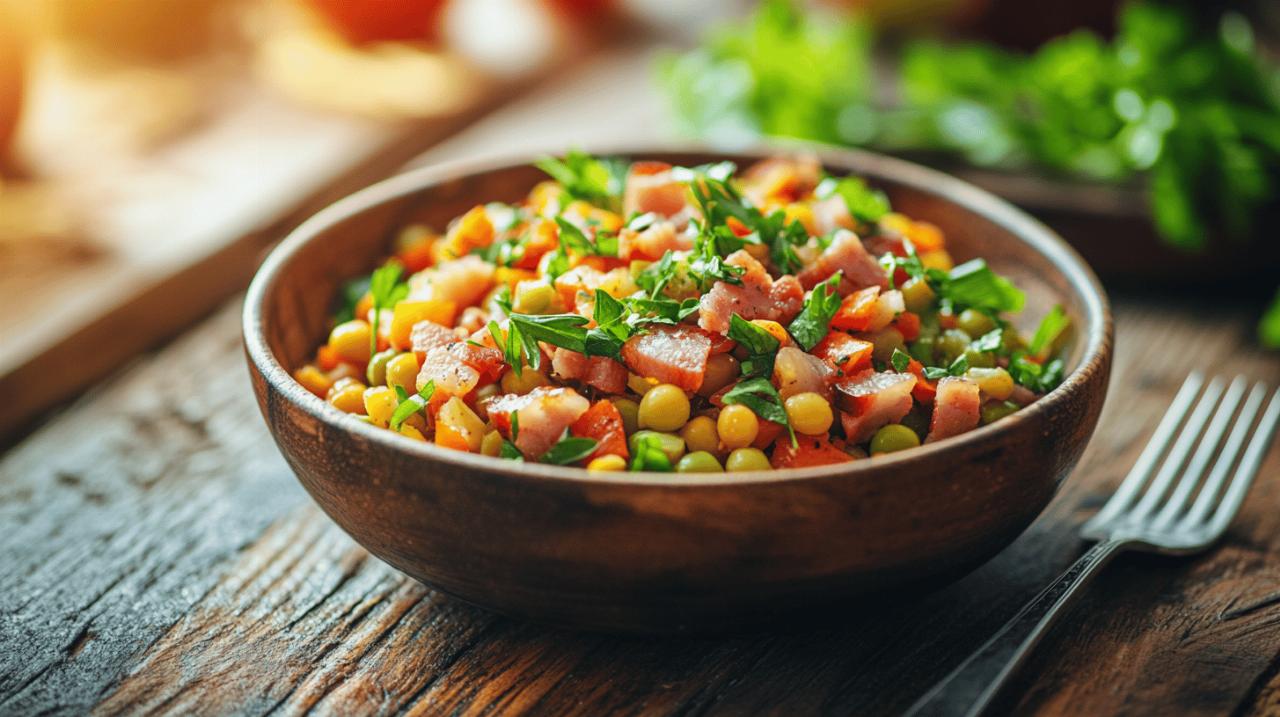 The success of your smoked bacon component hinges on proper rendering technique. Begin with a cold frying pan, arranging your bacon pieces in a single layer before placing the pan over medium heat. This gradual approach allows the fat to render slowly and evenly, resulting in lardons that are crisp on the outside whilst remaining tender within, rather than tough and leathery. As the bacon begins to sizzle and release its fat, resist the temptation to stir constantly; instead, allow the pieces to develop golden-brown edges before turning them.
The success of your smoked bacon component hinges on proper rendering technique. Begin with a cold frying pan, arranging your bacon pieces in a single layer before placing the pan over medium heat. This gradual approach allows the fat to render slowly and evenly, resulting in lardons that are crisp on the outside whilst remaining tender within, rather than tough and leathery. As the bacon begins to sizzle and release its fat, resist the temptation to stir constantly; instead, allow the pieces to develop golden-brown edges before turning them.
The process typically takes seven to ten minutes, during which the bacon will shrink slightly and the fat will pool in the pan. Once the lardons achieve a deep golden colour and satisfying crispness, use a slotted spoon to transfer them to a plate lined with kitchen paper, leaving the rendered fat in the pan. This precious fat becomes the foundation for sautéing your aromatics and will eventually contribute to your vinaigrette, carrying with it all the smoky, savoury notes that make this dish so compelling. If using particularly fatty bacon, you may wish to pour off excess fat, retaining only two to three tablespoons for the next stages.
Assembling your salad with complementary elements
Return the pan with its bacon fat to medium heat and add your sliced spring onions, stirring them gently until they soften and become translucent, which should take about three minutes. If incorporating leeks or shallots, allow them a minute or two longer to develop sweetness. At this point, you might add a splash of white wine, allowing it to bubble and reduce by half, concentrating its flavour and burning off the harsh alcohol notes. This step, whilst optional, adds considerable sophistication to the finished dish.
In a large mixing bowl, combine your cooked split peas with the softened onions and any pan juices, tossing gently to distribute everything evenly. If using lettuce, tear larger leaves into manageable pieces and either fold them through the warm mixture so they wilt slightly from residual heat, or reserve them to serve as a fresh bed beneath the dressed salad. The crispy lardons can be stirred through at this stage or reserved as a final garnish, depending on whether you prefer them integrated throughout or showcased as a textural contrast on top. Fresh herbs, whether parsley or mint, should be roughly chopped and added just before serving to preserve their vibrant colour and aromatic qualities.
Dressing and finishing touches: elevating your creation
Crafting a balanced vinaigrette
A well-constructed vinaigrette brings coherence to the disparate elements of your salad, binding them together whilst adding brightness that cuts through the richness of the bacon. In a small bowl, whisk together one part white wine vinegar with one part olive oil, incorporating a generous teaspoon of Dijon mustard to provide emulsification and a subtle spicy note. A small clove of garlic, either finely minced or crushed to a paste with a pinch of salt, can be added for those who appreciate its pungent contribution, though it should be used judiciously to avoid overwhelming the more delicate flavours of the split peas.
Season your vinaigrette with salt and freshly ground black pepper, tasting and adjusting as needed. If you reserved some bacon fat from earlier, a tablespoon whisked into the vinaigrette will amplify the smoky character throughout the dish, though this is entirely optional for those preferring a lighter touch. Similarly, a spoonful of the split pea cooking liquid can be incorporated to create a slightly creamier dressing that clings more effectively to the legumes. The vinaigrette should taste assertively acidic and well-seasoned when sampled on its own, as its flavours will mellow when combined with the other components.
Presentation and serving suggestions
When ready to serve, drizzle the vinaigrette over your assembled salad and toss gently but thoroughly, ensuring every element receives its share of dressing. Taste and adjust the seasoning one final time, as split peas have a remarkable ability to absorb salt and may require a bit more than you initially expect. If the salad seems dry, add additional olive oil or a splash more vinegar rather than over-dressing initially, as you can always add more but cannot take it away.
Transfer the dressed salad to a serving platter or individual plates, arranging any reserved lettuce leaves as a base if desired. Scatter the crispy lardons across the top, allowing their golden-brown edges to catch the light and signal the savoury pleasures within. A final flourish of fresh herbs and perhaps a few turns of the pepper mill complete the presentation. This salad can be enjoyed warm, at room temperature, or even lightly chilled, making it remarkably versatile for different seasons and occasions. It pairs beautifully with roasted chicken, duck, or fish, and can even stand alone as a light lunch when accompanied by crusty bread. Any leftovers can be refrigerated for up to three days, though you may wish to refresh them with a splash of vinaigrette and a scattering of fresh herbs before serving again. The interplay of earthy split peas, smoky bacon, and bright, acidic dressing creates a dish that feels both rustic and refined, proving that simple ingredients, when treated with respect and attention, can yield truly memorable results.

